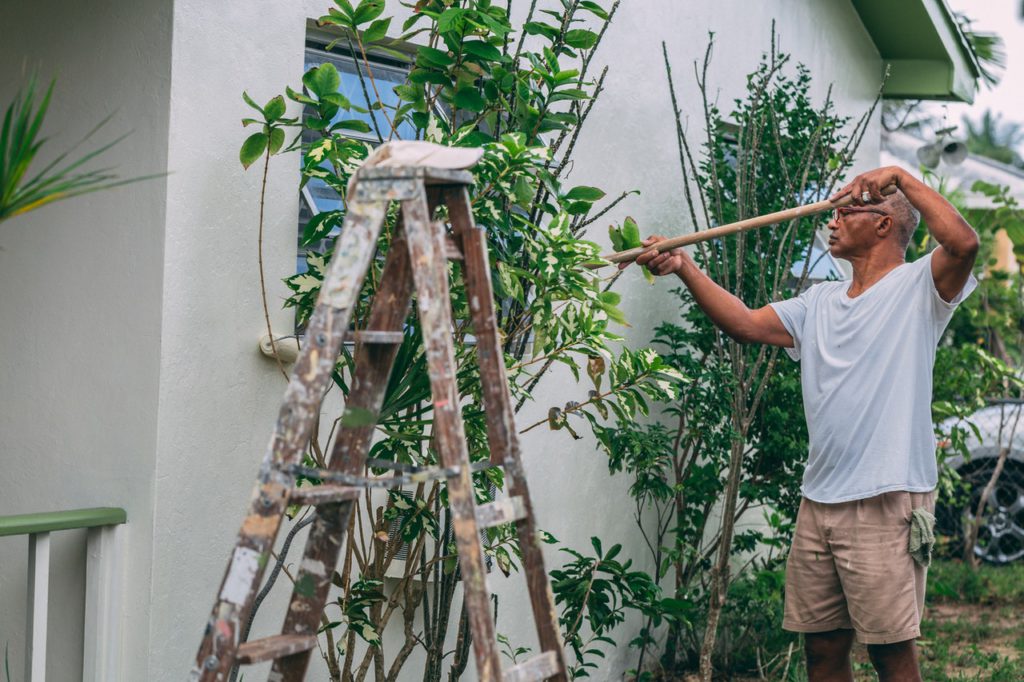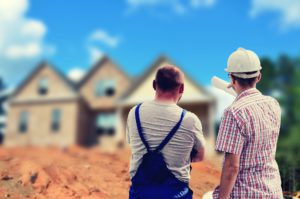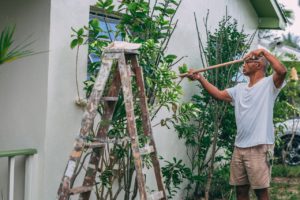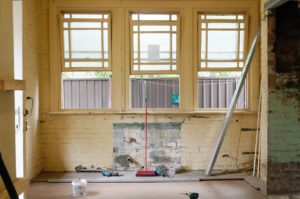More Australian Homeowners are Choosing to Renovate

The COVID-19 lockdowns have caused havoc throughout the world over the last two years – lockdowns, curfews and travel restrictions have made most of us reassess our lives and the way we will live them from now on. Aside from work, one of the biggest considerations is where we choose to live and whether we live in a city, town or village or right out in the bush away from everything and everyone.
The other major consideration is whether to rent or buy. It’s a huge decision, especially for first-time homebuyers, as they must weigh buying and maintenance costs against property management fees when renting. Companies specialising in rental property management have seen an uptick in business where tenants are reluctant to commit to a specific area or place, giving them the ability to move quickly, with no strings, if they need to. It’s not just the pandemic behind this – the bush fires, weather, droughts and climate change-related events over the last few years have brought home to many the need to be flexible and research carefully where they choose to live.
The ability to work from home with online conferencing and communications has also helped to give renters and buyers more choice when it comes to making their decisions. Many experienced property managers and real estate agents know that broadband speed and a valid email address now trump concerns like timber sealer on the decking outside, or whether they used furniture oil on the handrails.
For those who are already happily settled, property management services are aware that the trend is for people to be staying in the properties they are comfortable in and remodelling or renovating these rather than moving. Rental properties are not immune to this with many landlords being approached by tenants to hammer out deals to improve their property or to allow the tenant to do so in exchange for a deal on the rent or term of the tenancy.

Canny property investors are snapping up lower-priced properties which need work done on them to either sell them on or rent them out to tenants who “finish them off.” According to Michael Yardney’s Property Update, the number of properties for sale in Australia is still in short supply. Metrics have demonstrated that we are currently in a seller’s market. One of the biggest indicators of a restricted supply situation is evident, with the number of days in which to sell a property falling. Vendor discounting is also presently at realistic levels. Generally speaking, houses are out-performing apartments on the market. The short supply of good properties currently on the market is seeing then selling rapidly and with minimal discounting. Rental properties in inner-city centres are being hammered because of the lack of students, travellers and temporary workers and other shorter-term renters.
Rents are still falling in Melbourne (down 27.7%) and Sydney (18.2%) at the moment – Brisbane and Perth seem to have been flat with the rent on inner-city units hardly changed. The outlook for the rest of the year – into the summer of 2022 – looks like being much the same because of the continuing closure of international borders. Businesses are holding fire on major strategic decisions and workers are hanging onto their jobs for dear life for fear of not being able to get another.
As for predictions as to where all this is heading, a report recently released by ANZ Bank predicts, that house prices will rise to 17% at the national level in 2021. This is then predicted to slow to around 6% through 2022.
They see:
- Sydney house prices rising by up to 19% by the end of 2021
- Melbourne house prices increasing by at least 16% over the year
- Brisbane house prices rising by 16% this year
- Adelaide house prices increasing by at least 13% over the year
- Perth house prices increasing by a huge 19% in 2021
- Canberra house prices growing by 16% in 2021
- Darwin house prices increasing by 16% in 2021
Australia has managed the pandemic well, compared with other developed countries. By closing the borders tightly, it has kept variant strains of the virus at bay and this has meant that its GDP level has come back to its level before the pandemic. Fiscal stimulus and good health management of the virus kept Oz out of financial trouble – so much so ANZ sees GDP growing at 5% in 2021 and 3.5% through 2022.
With low interest rates, mortgages are fairly easy to come by for those in steady employment, and the rental market looking buoyant too. Outside of Melbourne and Sydney, things are looking up nicely – just the “where do we want to live,” discussion. One aspect of this decision is access to local services. This is especially important when you are building or need construction materials or to hire machinery or vehicles. As an example, one of the most versatile pieces of kit you can have around when working on house building or maintenance is a portable air compressor. These can do everything from acting as an air pump for your tyres, (and the kid’s inflatable toys) to powering tools like nail guns, drills, grinders and other air tools.
These can all be bought as individual items or as a combo of accessories at a special price. Rather than buying outright, it is now possible to organise an air compressor lease. These work like air compressor hire schemes. They allow you to save on electricity by not using an oversized compressor for a smaller job. These lease/buy arrangements can be from 12 to 60 months and – if from the manufacturer or agent – at a better rate than a leasing company or local bank. They often include maintenance in these deals, and this is another thing to take into consideration.
If you do decide to live out in the sticks, getting hold of vital tools and equipment is one of the most important considerations whether you rent or buy – especially if there are no tradies available and you have to rely on your own resourcefulness and skills.




